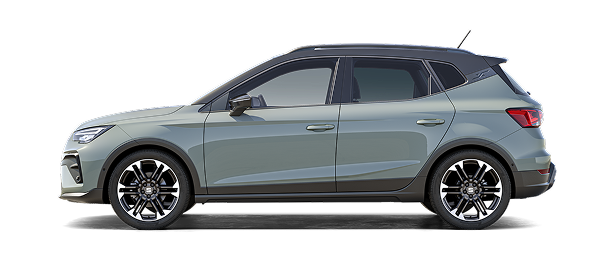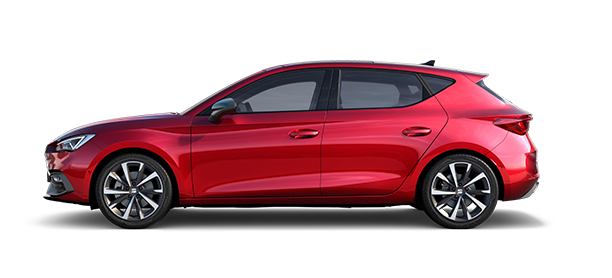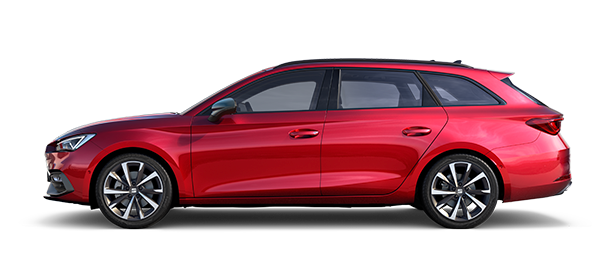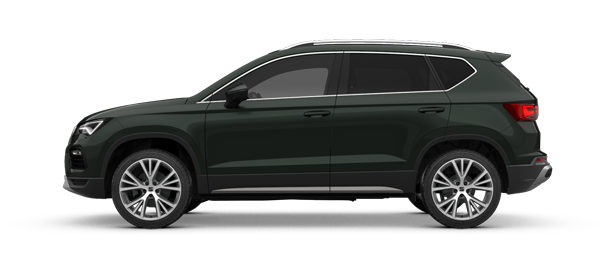Ready your car following lockdown.

As a result of the current situation, the streets of our cities are empty of people... as well as cars. Access to large cities such as Madrid, Paris, Berlin or Rome has dropped by about 75% and cross-border access by 80%. When everything resumes, how should we get our vehicles ready for the return to normal? Here are four recommendations so that your car is ready to roll when the rest of the world is too.
1. Check the fluid levels.
The engine oil and coolant levels must be checked before starting the engine. “After starting it, you should leave the engine running for a few minutes before setting off. This enables the liquids to circulate through all the hoses and tubes and lubricate all the parts”, recommends Josep Almasqué, the head of the SEAT car press workshop. It is important to ensure that there are no spills on the ground, especially underneath the engine area.
2. Check the tyre pressure.
Checking the fluid levels, electrical system and brakes is key.
When you don't drive your car over time, the tyre pressure decreases. This happens due to the process of permeability, whereby the tyres typically lose a little air every day, especially in the summer. If the vehicle remains stationary and the tyres lose all their air, the weight of the car could damage the rim and deform the wheel. “Ideally, if you know that your car is going to be parked for a long time, you should inflate the tyres to the maximum capacity recommended by the manufacturer and check the pressure periodically. Before starting the car, check the pressure again and make sure it's the correct one for driving.”, says Josep.
3. Double check.
When the vehicle is stationary, you must check all the elements that are used while driving, including lights, indicators, windows, windscreen wipers and all the electronic devices. This information can be displayed on the car's infotainment system. “If something doesn't work properly, a warning light on the display will indicate what needs to be checked. Also, it is important to review that all the assistants we use are connected with the default settings”, explains Josep. You should also check the condition of the brakes. To do this, we recommend that you press the pedal for a few seconds and notice that it holds its position. And finally, make sure that you do not hear any unusual noises when you start the engine.
4. What to disinfect.
It is important to clean your vehicle with emphasis on the areas of greatest contact, both on the outside and inside of the car:
The basics. The exterior and interior door handles, steering wheel, gearshift, touchscreen, indicators and seat position and window controls.
Dashboard. This is one of the most important focal points, as people commonly cough or sneeze in its direction.
Floor mats. They accumulate a lot of dirt that is brought in on the soles of your shoes.
Ventilation. To ensure air quality, the vents must not be obstructed. In addition to disinfecting them, dust should be removed with a brush or vacuum cleaner.
Exterior. People touch many more areas outside the car besides the door handles without realising it. We lean against windows, pull the doors open by the frame or push them shut. It is important to use the right cleaning products: mild soap and water, specific car care products, and to a lesser extent, liquids containing 70% alcohol.
It is important to clean the outside and inside of the car, especially areas of greatest contact.












